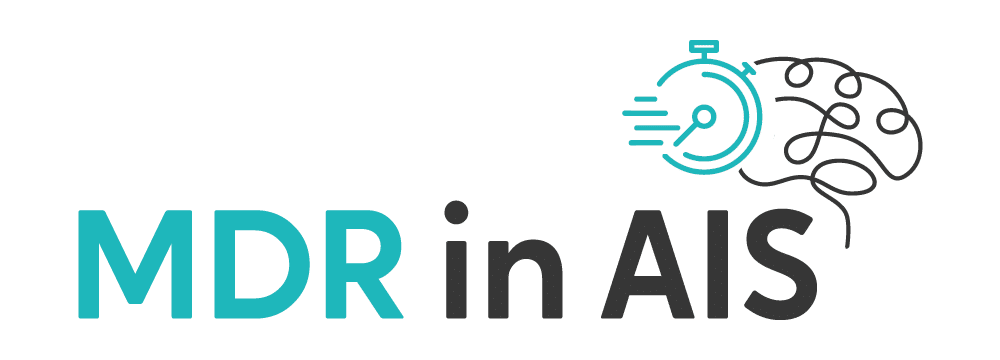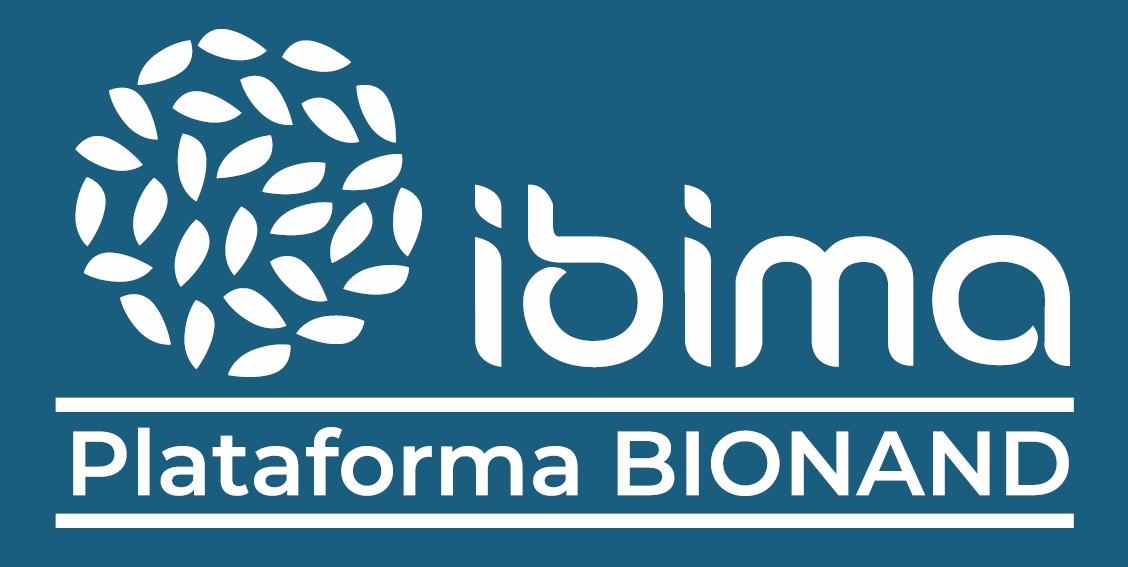Es Profesor Titular de la Universidad de Málaga, en el Departamento de Ingeniería de Sistemas y Automática, desde 2023. Inició su carrera académica con una Licenciatura en Ingeniería de Telecomunicación en la Universidad de Málaga en 2007 y un Doctorado en Mecatrónica por la misma institución en 2015.
Ha trabajado en el grupo del Instituto y la propia Universidad de Málaga, ‘Machine Perception and Intelligent Robotics Lab (MAPIR)’ desde 2006, donde actualmente es Co-Investigador Responsable, desarrollando proyectos centrados en robótica móvil, visión por computador y percepción artificial.
Durante su etapa predoctoral, realizó una estancia de investigación en la Universidad de Bristol (2011) y una colaboración en un proyecto de investigación con la Universidad de Lincoln (2013), ambas en Reino Unido. En estas experiencias internacionales, trabajó en el análisis y la descripción automática de imágenes y en el desarrollo de sistemas de percepción para la agricultura, influenciando significativamente su trabajo de doctorado y posteriores investigaciones.
En cuanto a su producción científica, ha publicado 23 artículos en revistas indexadas en ISI-JCR y otras más de 20 contribuciones a congresos. Entre sus publicaciones destacadas se encuentran artículos sobre sistemas de percepción para robots móviles y datasets multisensoriales ampliamente citados. También ha realizado colaboraciones con otros grupos del Instituto desarrollando sistemas de análisis y seguimiento automático del movimiento humano, lo que derivó en la publicación de un conjunto de artículos.
A nivel internacional, ha participado en varios proyectos europeos, especialmente centrados en la robótica asistencial para personas mayores y en los sistemas de navegación para robots dentro de las casas, así como en proyectos nacionales financiados con temáticas similares.
Email: famoreno@uma.es

